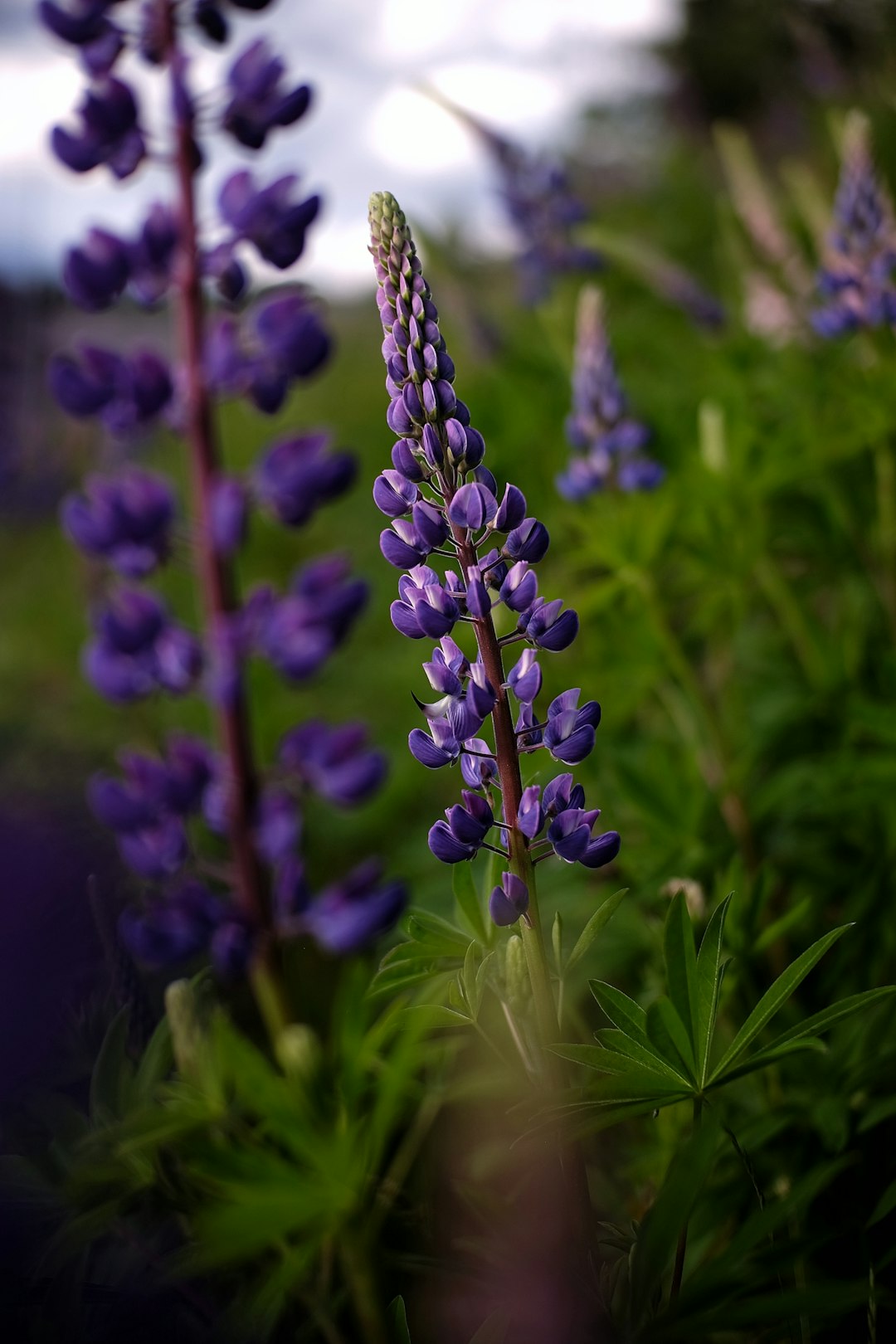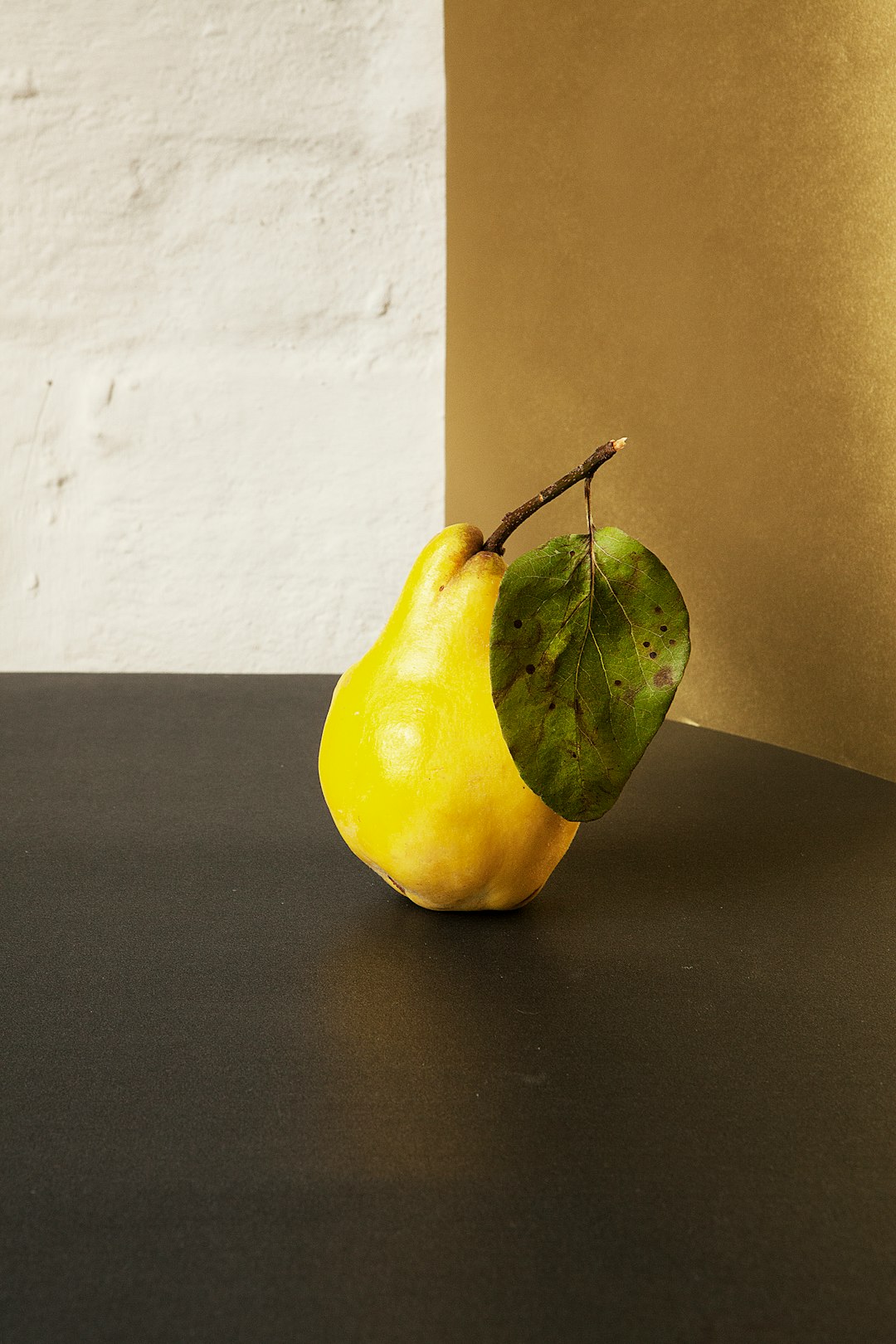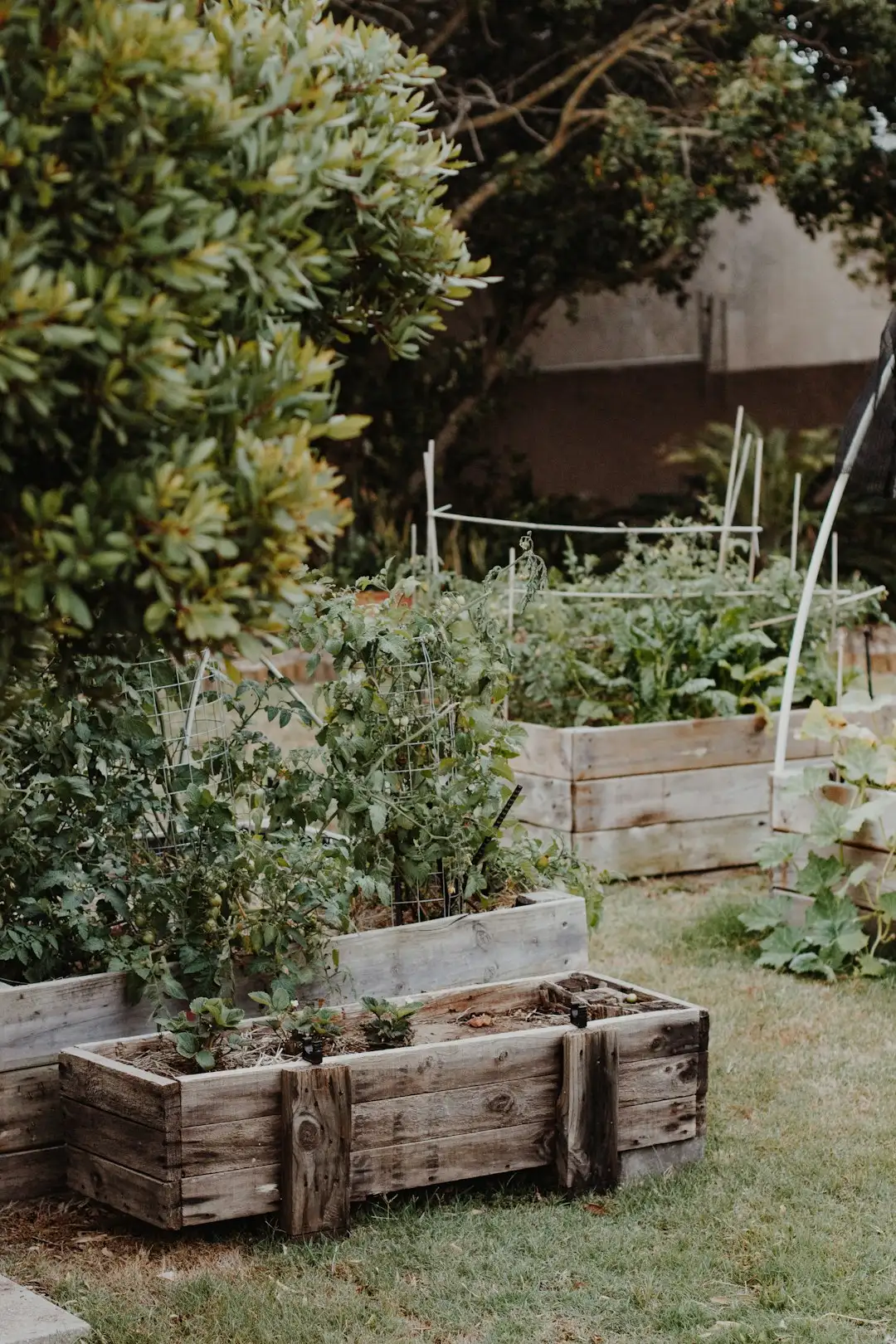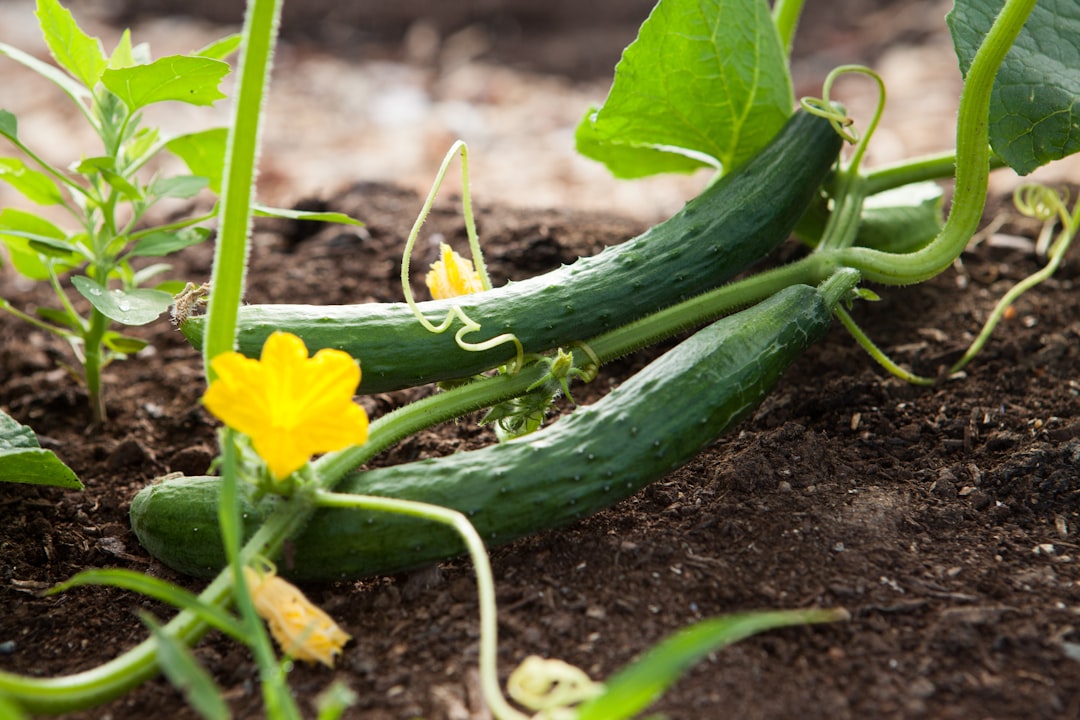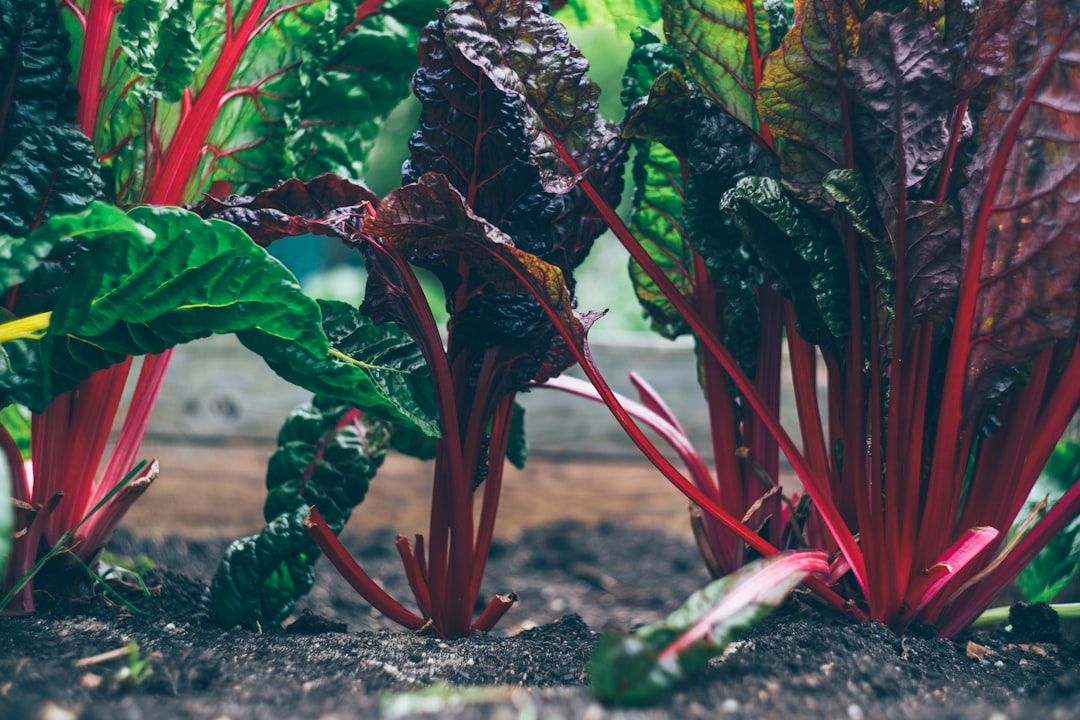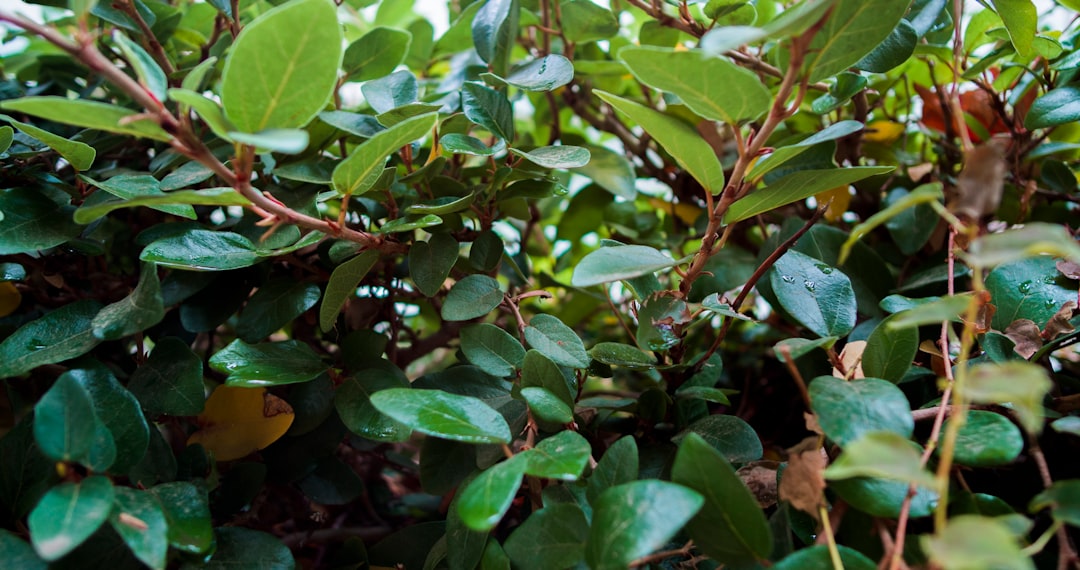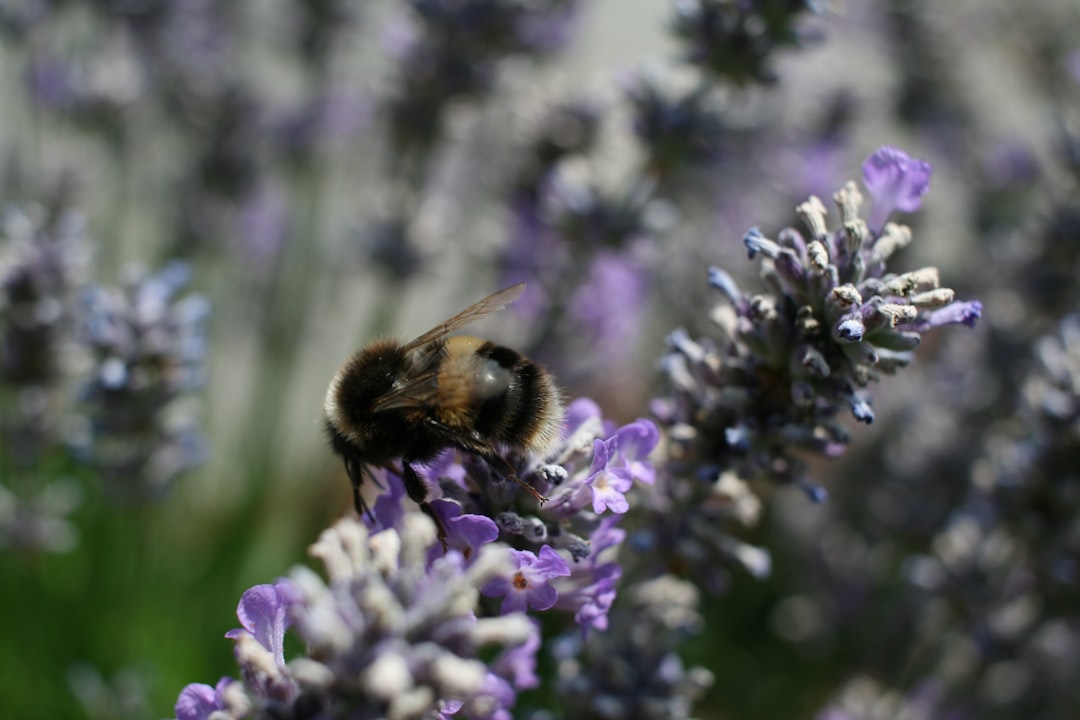
The California bay laurel, a true marvel of the West Coast, stands out as an adaptable and effortlessly - growing tree. Its native habitat along the West Coast has provided it with the unique characteristics that make it a favorite among gardeners and nature enthusiasts alike.
One of the most remarkable features of the California bay laurel is its adaptability to different light conditions. It thrives equally well in full sun as it does in part shade. This flexibility allows it to fit into a wide range of garden settings. Whether you have a large, open garden that receives direct sunlight for most of the day or a more shaded area under the canopy of larger trees, the California bay laurel can find its place and flourish.
When it comes to growth rate, this tree is truly a fast - grower. It has the potential to grow up to 4 feet per year. This rapid growth makes it an excellent choice for those looking to quickly establish a green and lush landscape. For instance, if you're creating a privacy screen or a windbreak in your garden, the California bay laurel can reach a substantial height in a relatively short period.
In terms of its physical appearance, the California bay laurel has glossy, dark - green leaves that are both attractive and aromatic. The leaves have a distinct shape, with a pointed tip and a slightly wavy edge. When crushed, they release a pleasant, spicy fragrance that can add a wonderful sensory element to your garden. The tree also produces small, yellowish - green flowers in the spring, which are followed by dark purple berries in the fall. These berries not only add a splash of color to the tree but also serve as a food source for local wildlife, such as birds and small mammals.
From a gardening perspective, the California bay laurel is relatively low - maintenance. It is tolerant of a variety of soil types, as long as the soil is well - drained. However, it does prefer slightly acidic to neutral soils. Regular watering during the first few years of its growth is essential to help it establish a strong root system. Once established, it can tolerate periods of drought, making it a suitable choice for regions with limited water availability.
Pruning the California bay laurel can be done to maintain its shape and size. It responds well to pruning, and you can shape it into a single - trunk tree or a multi - stemmed shrub, depending on your garden design preferences. Pruning should be done in the late winter or early spring before new growth begins.
Another advantage of the California bay laurel is its resistance to many common pests and diseases. This means that you don't have to worry too much about using pesticides or other chemical treatments to keep it healthy. However, like any plant, it can still be affected by certain issues, such as root rot if the soil is too wet for extended periods.
When incorporating the California bay laurel into your garden, you can consider planting it in groups to create a more dramatic effect. It also pairs well with other native West Coast plants, such as manzanita and ceanothus. These combinations can create a natural - looking and sustainable garden ecosystem.
In conclusion, the California bay laurel is a versatile and valuable addition to any garden. Its adaptability, fast growth rate, attractive appearance, and low - maintenance nature make it an ideal choice for both novice and experienced gardeners. Whether you're looking to enhance the beauty of your landscape, provide habitat for wildlife, or simply enjoy the pleasant fragrance of its leaves, the California bay laurel is a tree that won't disappoint.
New
































